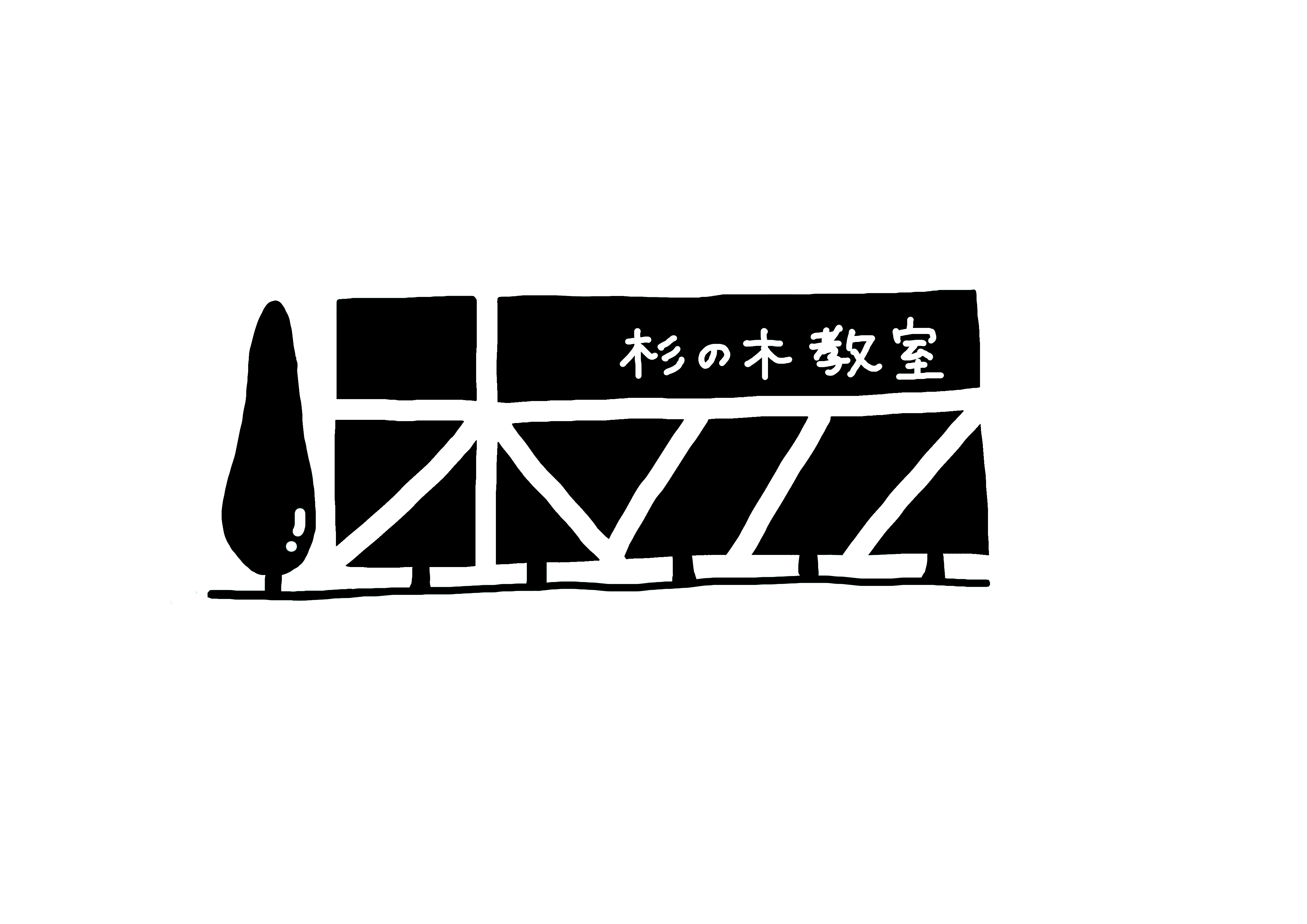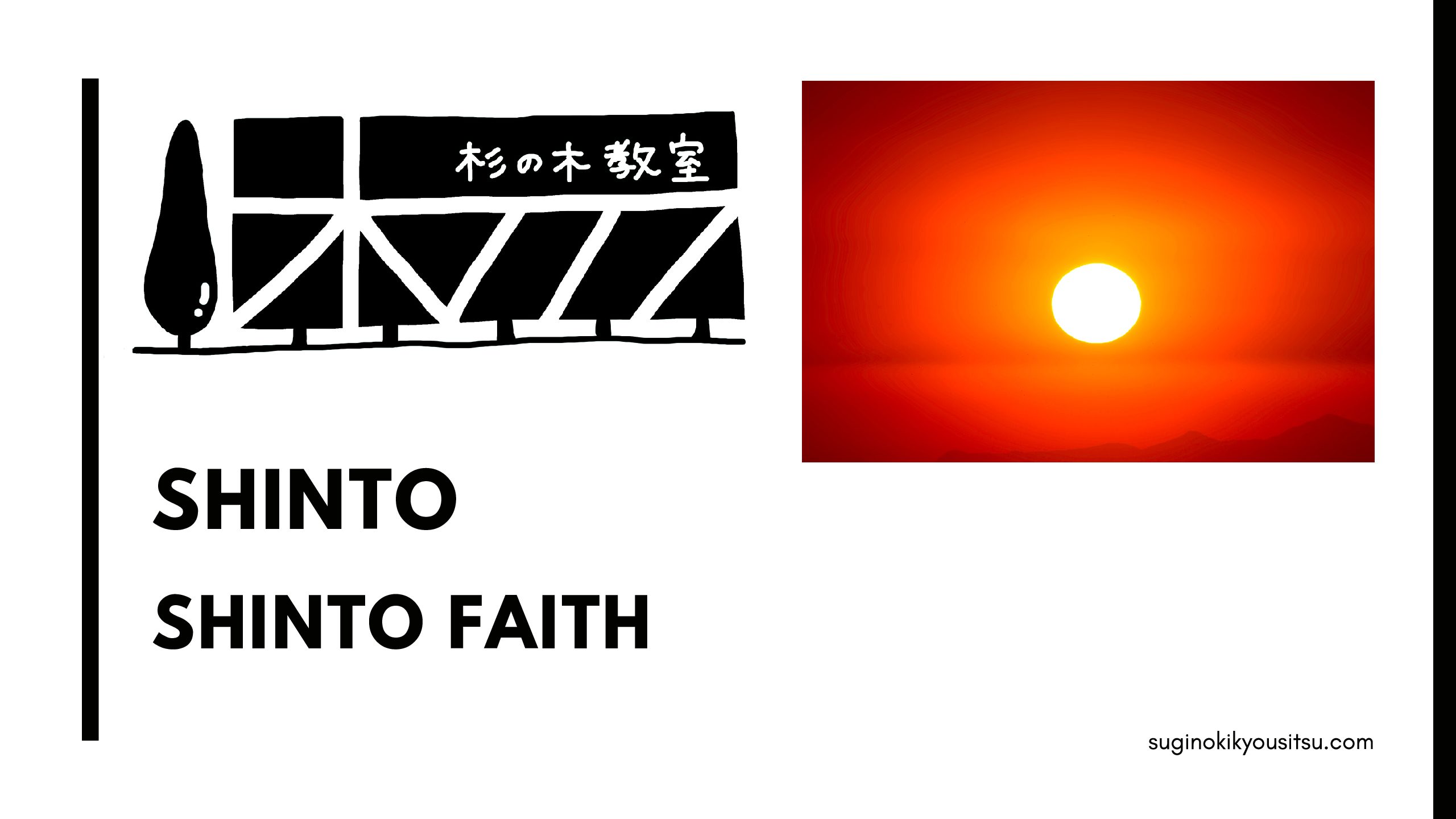no founder no foundational text
Shinto faith came into existence spontaneously
and was continued closely related to the Japanese way of life.
There is no written book of religious percepts or commandments.
For this reason, Basil hall Chamberlain wrote in his 1891 edition of Things Japanese:
Shinto had no root in itself, being a thing too empty
and jejune to influence the hearts of men.
And William George Aston wrote in his Shinto, the Way of the Gods (London, 1905):
the least developed of religions which have an adequate literary record.
To these opinions about Shinto, Lafcadio Hearn (Koizumi Yakumo)(小泉八雲)said:
But the reality of Shinto lives not in books, nor in rites, nor in commandments, but in the national heart, of which it is the highest emotional religious expression, immortal and ever young.
The general principles of Shinto developed following the moral code or ethical standard as well as regulations fostered over the years in Japanese society.
However, purify and honesty have always been valued in the Shinto faith.
The thing to feel rather than to be taught.
There is a saying of Shinto is the thing to feel rather than to be taught.
In the 19th century, there were more ideas that cultures in Christianity countries were superior to that in the others than today.
People thought simply that some religions unlike logical Christianity was the developing ones.
No original sin
According to Shinto, human life is given by parental deities,
so human beings are originally pure.
Here, no concept exists like that of original sin in Christianity.
However, people could be misguided in everyday life by an evil mind,
or could unintentionally hurt other people’s heart.
These conducts are considered to be sins and impurity of mind.

Tsumi Kegare
Tsumi
Sins are called Tsumi in Shinto.
There are two variations.
Amatsutsumi
They are sins in the Tenjoukai, which is the world of Kami.
They include a disturbance of agriculture or a cruelty to livestock.
Kunitsutsumi
They are sins on the earth, including crimes and disasters.
Kegare
Impurity of mind is called kegare in Shinto.
They are things that Kami don’t like, such as death,disease, and so on.
So Shinto ritual of purification called Harae or Misogi are performed in order to remove these Tsumi and Kegare from people and to let them start afresh as a person of pure mind.
Harae Misogi
Harae
There are two methods of purification.
One is that Harae-kotoba, which is words to purify, is read by Shinto priest
and people or offerings are purified with Ohnusa, which is a tool of rites, by Shinto priest.
This is Shubatsu.
Two is that people atone for their sins, with a price to pay for them.
This is called Haetsu-mono.
Misogi
Some people generally imagine that you are “struck by a waterfall” in the cold,
this is due to the influence of Shugendo,
Originally, in Shinto, Misogi is “to purify yourself by pouring hot or cold water.”
浄明正直 jou-myou-sei-choku
This means purified, cheerful, right, honest heart.
With this purified, cheerful, right, honest heart,
it is the first principle of Shinto that people fulfill their life,
performing their given roles in each position
and at each stage of their life,
to do the world good.




コメント